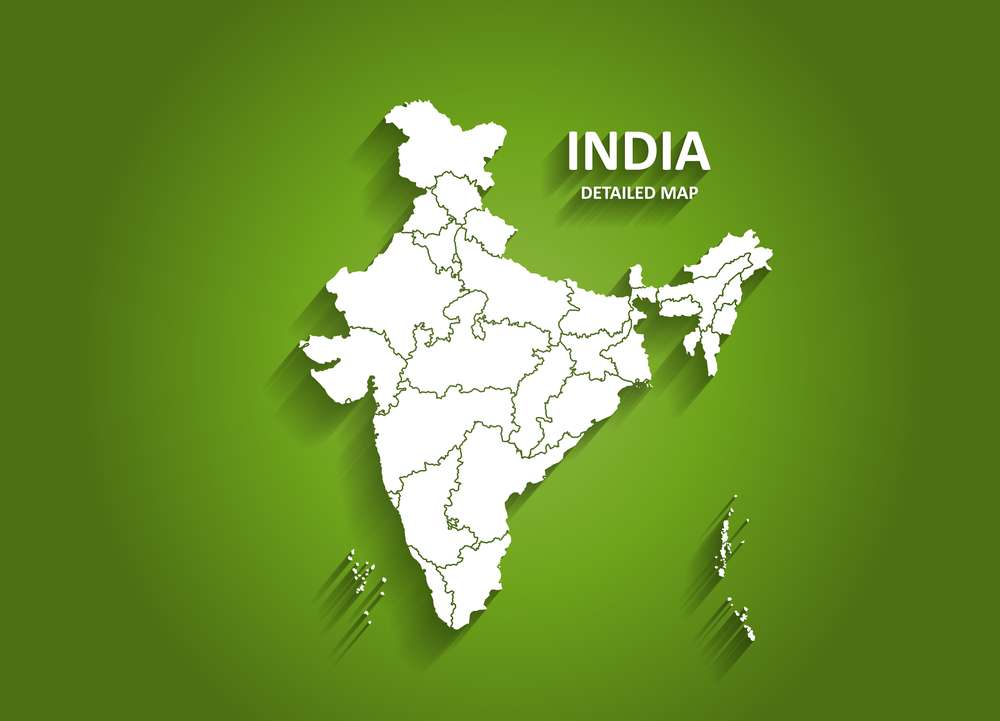India’s diverse landscape, rich biodiversity, and ancient cultural heritage make it a prime destination for ecotourism. As travelers increasingly seek experiences that combine adventure, conservation, and cultural immersion, India offers a treasure trove of opportunities. From trekking through dense forests to exploring serene wetlands, the country’s ecotourism destinations promise unforgettable journeys while promoting sustainable practices.
The Rise of Ecotourism in India
With growing awareness about environmental preservation and responsible travel, ecotourism has seen a significant rise in India. It is more than just a trend; it’s a movement that fosters a deeper connection with nature while supporting local communities. Ecotourism in India extends beyond mere sightseeing, emphasizing education, sustainable development, and conservation efforts.
INDIAN VISA FOR OMANI CITIZENS
Trekking Through the Himalayas
The mighty Himalayas, stretching across northern India, are a paradise for eco-conscious travelers. Regions like Himachal Pradesh, Uttarakhand, and Ladakh offer numerous trekking opportunities that allow visitors to immerse themselves in pristine natural beauty.
The Valley of Flowers in Uttarakhand, a UNESCO World Heritage Site, is one such gem. Bursting with colorful alpine flowers, this trail not only offers a visual treat but also raises awareness about the fragile ecosystems of high-altitude regions. Trekkers are encouraged to minimize waste and adhere to eco-friendly practices to preserve the area’s unique biodiversity.
In Himachal Pradesh, the Great Himalayan National Park offers trails that pass through lush forests, alpine meadows, and sparkling rivers. Visitors can witness rare species like the Himalayan monal, musk deer, and snow leopard while learning about the importance of wildlife conservation.
Exploring the Backwaters of Kerala
Kerala’s backwaters, a network of interconnected canals, rivers, and lakes, exemplify the harmony between humans and nature. Houseboat cruises, crafted from traditional materials, allow visitors to glide through these serene waters without disrupting the delicate ecosystem.
The Kumarakom Bird Sanctuary, located on the banks of Vembanad Lake, is a haven for birdwatchers. Migratory birds like Siberian cranes and herons flock here, making it an ideal spot for photography and wildlife observation. The sanctuary promotes responsible tourism, encouraging visitors to respect the natural habitat.
Sundarbans: A Mangrove Marvel
The Sundarbans, shared between India and Bangladesh, is the world’s largest mangrove forest and a UNESCO World Heritage Site. Known for its unique ecosystem and the elusive Royal Bengal tiger, the Sundarbans is a must-visit for ecotourists.
Boat safaris through the mangroves provide a chance to witness diverse wildlife, including saltwater crocodiles, spotted deer, and rare bird species. Local guides play a pivotal role in educating visitors about the importance of mangrove conservation and the challenges faced by this delicate ecosystem.
The Western Ghats: Biodiversity Hotspot
The Western Ghats, a UNESCO World Heritage Site, is a biodiversity hotspot teeming with endemic species and lush greenery. Stretching along India’s western coast, this mountain range is ideal for nature trails and eco-friendly getaways.
Wayanad in Kerala, Coorg in Karnataka, and Agumbe in Karnataka offer trekking routes that traverse dense rainforests, spice plantations, and cascading waterfalls. These regions emphasize sustainable tourism by promoting homestays, organic farming, and waste management practices.
The Periyar Wildlife Sanctuary in Kerala is another highlight, offering eco-tourism activities like bamboo rafting and guided nature walks. Visitors are educated about the interdependence of local communities and wildlife, fostering a sense of responsibility toward conservation.
Rajasthan: Desert Ecology and Community Engagement
While Rajasthan is often associated with arid deserts and opulent palaces, it also offers unique ecotourism experiences. The Bishnoi community, known for its deep-rooted conservation ethos, invites travelers to learn about their traditions and efforts to protect wildlife and the environment.
The Keoladeo National Park in Bharatpur is a UNESCO World Heritage Site and a paradise for bird lovers. Originally a duck-hunting reserve, it has been transformed into a sanctuary that attracts migratory birds from as far as Siberia. Visitors are encouraged to explore the park on foot or by cycle, minimizing their carbon footprint.
INDIAN VISA FOR PALAUAN CITIZENS
Andaman and Nicobar Islands: Marine Ecotourism
The Andaman and Nicobar Islands, with their pristine beaches and coral reefs, offer a unique perspective on marine ecotourism. Activities like snorkeling and scuba diving allow visitors to explore vibrant underwater ecosystems while emphasizing the importance of coral reef preservation.
The islands’ eco-friendly resorts and strict regulations on tourism help maintain the delicate balance of this fragile ecosystem. Educational programs highlight the impact of climate change and overfishing on marine biodiversity.
Balancing Tourism and Conservation
Ecotourism in India is not just about exploring nature; it’s about fostering a symbiotic relationship between travelers and the environment. By choosing sustainable travel options, respecting local cultures, and supporting conservation efforts, visitors can contribute to preserving India’s natural treasures for future generations.
Conclusion
India’s vibrant ecotourism scene offers a chance to experience the country’s natural and cultural diversity in a meaningful way. From trekking in the Himalayas to exploring mangrove forests, every journey is an opportunity to connect with nature and make a positive impact. For travelers seeking experiences that go beyond the ordinary, India’s ecotourism destinations promise adventure, learning, and a deeper appreciation for the planet.
More articles: Piblish Fest
